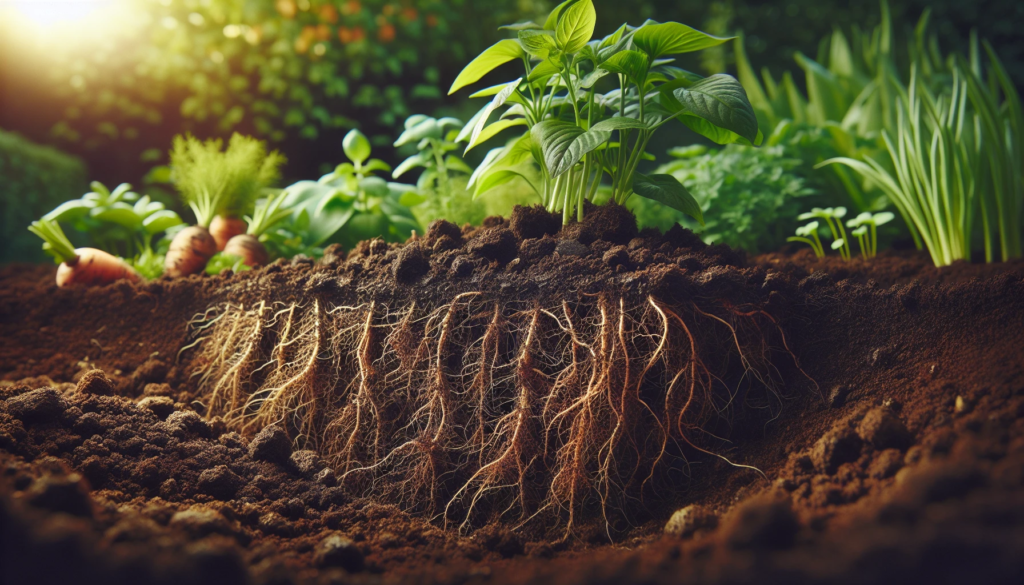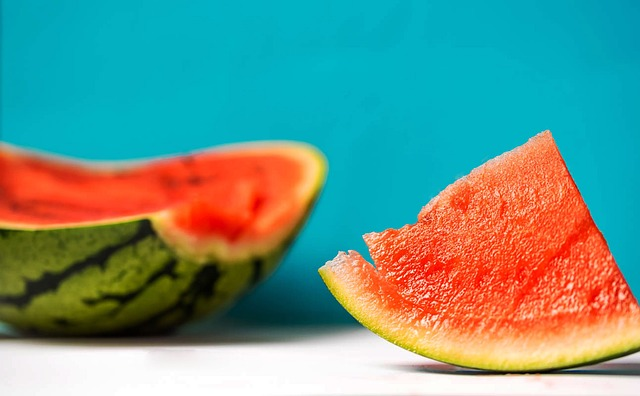Imagine the joy of stepping into your garden or onto your patio and snipping fresh, aromatic herbs to use in your daily cooking or brewing a soothing cup of tea. Growing your own herbs not only adds flavor and fragrance to your culinary creations but also offers incredible health benefits. In this guide, you’ll discover the best quality non-GMO herbs seed for a thriving home garden, learn essential growing techniques, and uncover the secrets to preserving and using your homegrown herbs. Let’s embark on this delightful journey together!
Key Takeaways
Discover high quality, non-GMO herb seeds for flavorful cooking & healing teas
Grow your own natural remedies with companion planting and container gardening
Preserve & use homegrown herbs to create delicious meals & holistic remedies
Discovering the Best Quality Herb Seeds
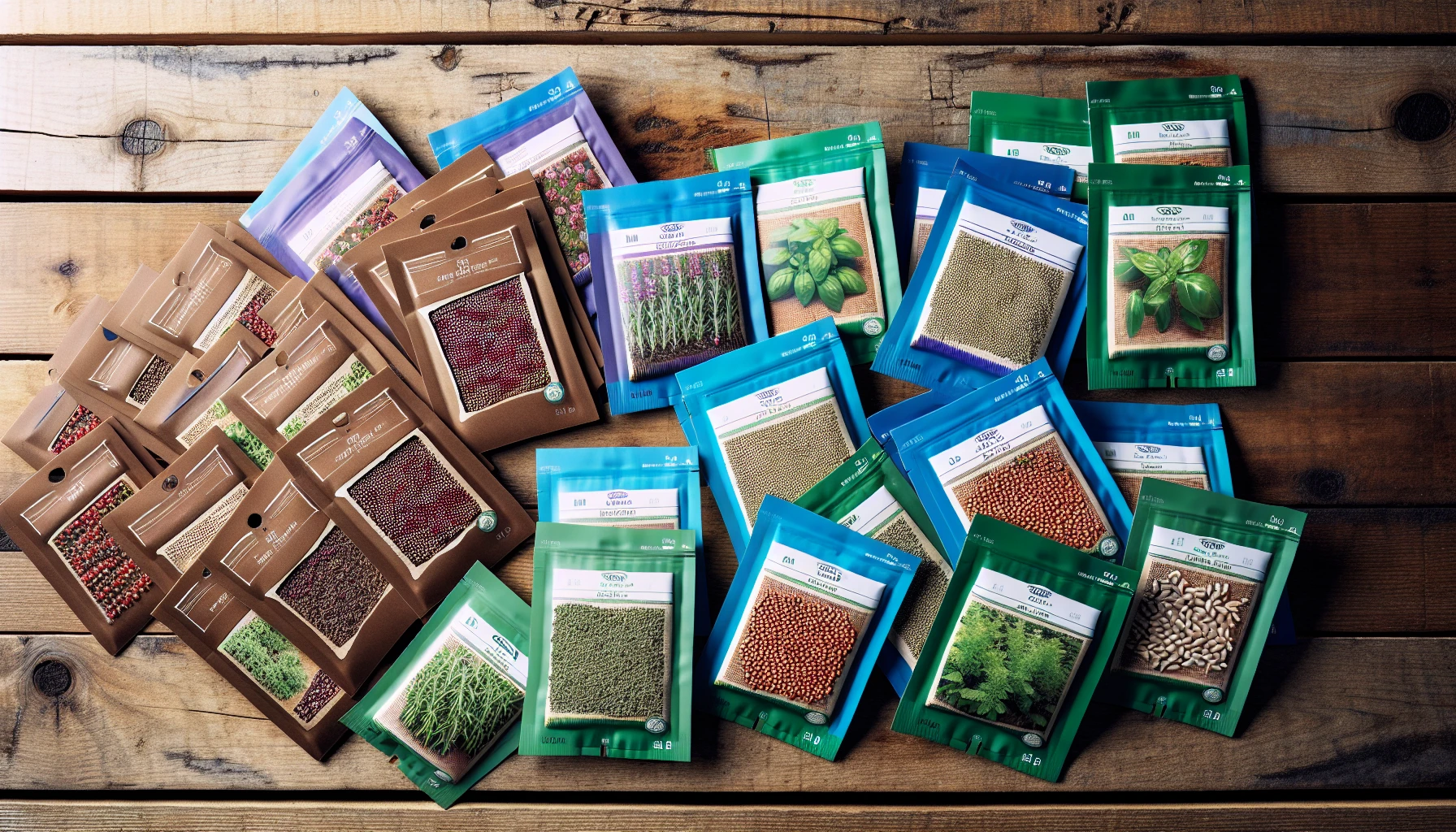
Growing your own herbs from seed is a rewarding experience that brings a delightful abundance of flavor and aroma to your cooking and healing teas. The Living Seed Company’s collection offers an incredible selection of aromatic and flavorful herb seeds, including:
Basil
Cilantro
Parsley
Dill
Thyme
And beyond
These best quality seeds, also known as quality heirloom seeds, are sourced from small-scale farmers and breeders dedicated to preserving heirloom seeds and sustaining our non gmo food system. We will examine culinary, medicinal, and exotic herbs that can enrich your vegetable garden and elevate your culinary creations, garden aesthetics, and overall well-being.
Culinary Herbs for Tasty Cooking
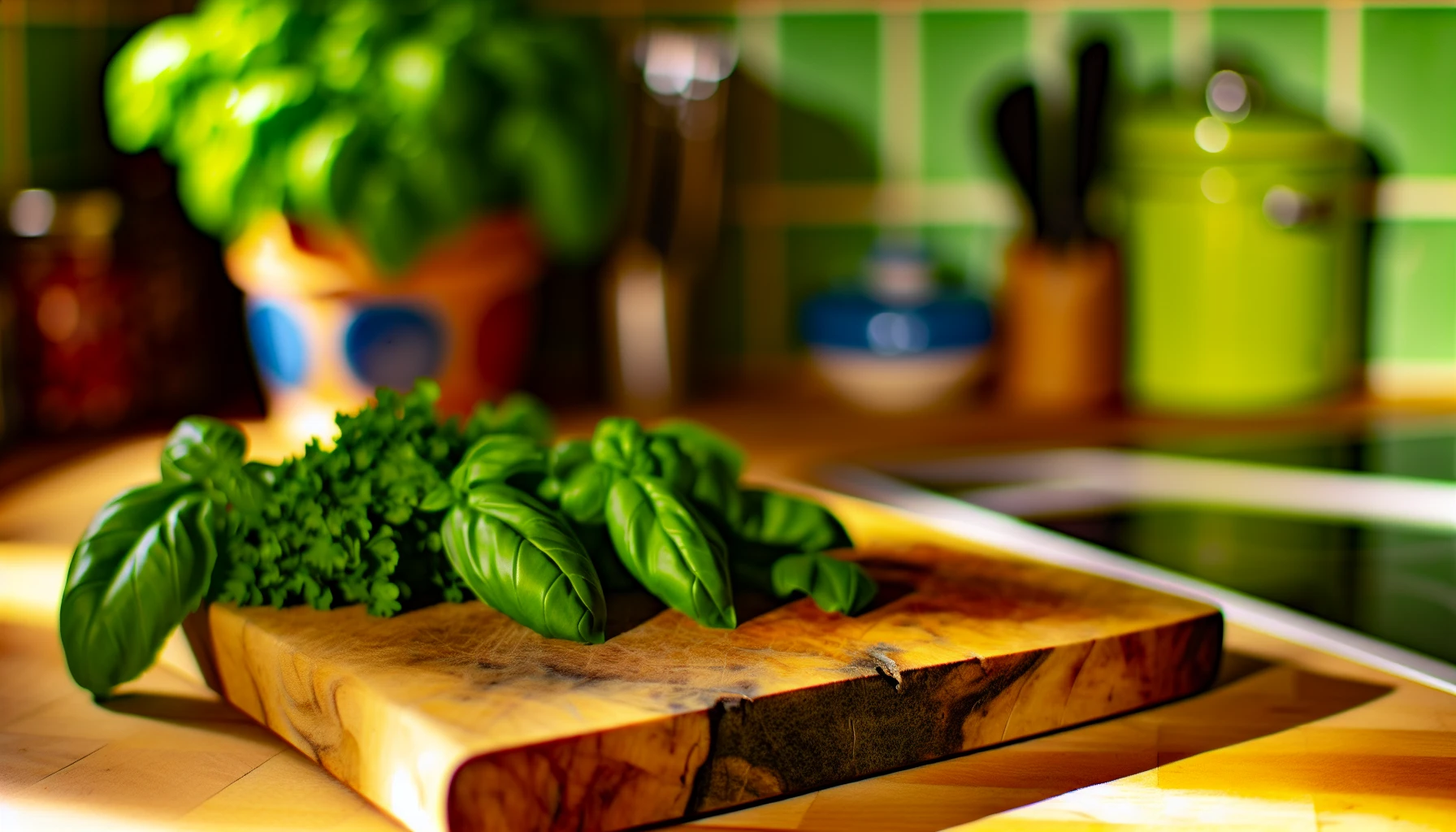
Culinary herbs are the secret ingredient that elevates your dishes to new heights of flavor and aroma. The Culinary Herb Seed Collection includes a large selection of essential and incredibly flavorful herbs such as:
Oregano
Parsley
Basil
Thyme
Rosemary
Sage
Cilantro
Chives
These herbs are perfect for livening up your cooking. Whether you’re growing them in a home garden or a container on your kitchen windowsill, these herbs offer a burst of freshness that store-bought herbs simply can’t match.
Some herbs that grow quickly and are perfect additions to your garden for a constant supply of fresh flavors include:
Dill
Chives
Sage
Oregano
Mint
Soaking seeds like parsley and coriander overnight before planting helps with germination, while thyme seeds and lemon balm seeds need light to germinate and should be covered lightly with soil. These tips will set you on the path to cultivating a flourishing culinary herb garden.
Medicinal Herbs for Health Benefits

Medicinal herbs offer a natural approach to health and well-being that has been used for centuries. Growing a medicinal garden in your backyard provides natural remedies with amazing health benefits such as pain relief, wound healing, better sleep, digestive health, immune support, and anti-inflammatory effects. The Medicinal Garden Kit includes 10 amazing medicinal plants such as chicory, yarrow, California poppy, marshmallow, chamomile, evening primrose, lavender, echinacea, calendula, and feverfew, carefully chosen for their premium and best quality seeds.
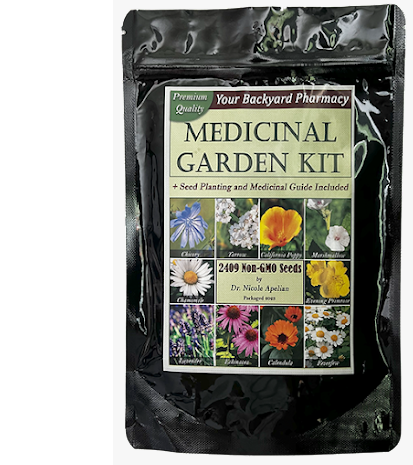
For example, the Medicinal Garden Kit includes the following plants with their corresponding benefits:
Feverfew: reduces fevers and provides migraine relief
Lavender: offers anxiety relief and depression recovery
Yarrow: quickly stops bleeding and protects wounds from infection
Calendula: used for wound healing, lymphatic cleansing, and skin health
The Medicinal Garden Kit enables you to grow your own natural remedies at home, providing easy access and empowering you to manage your health and wellbeing.
Rare and Exotic Herb Varieties
For those looking to expand their gardening horizons, rare and exotic herb varieties offer a delightful opportunity to diversify your garden and discover new flavors and remedies. The Medicinal Garden Kit includes rare plants like chicory, which can be used as a natural painkiller and soil builder, as well as marshmallow, which may offer relief from inflammation in the digestive tract.
Growing rare and exotic herbs not only enhances your garden’s biodiversity, but also provides a unique opportunity to explore the world of natural remedies and traditional healing practices. Whether you’re a seasoned gardener or just starting out, cultivating these unusual herbs will bring joy and satisfaction to your gardening experience.
Planting and Growing Fresh Herbs Successfully
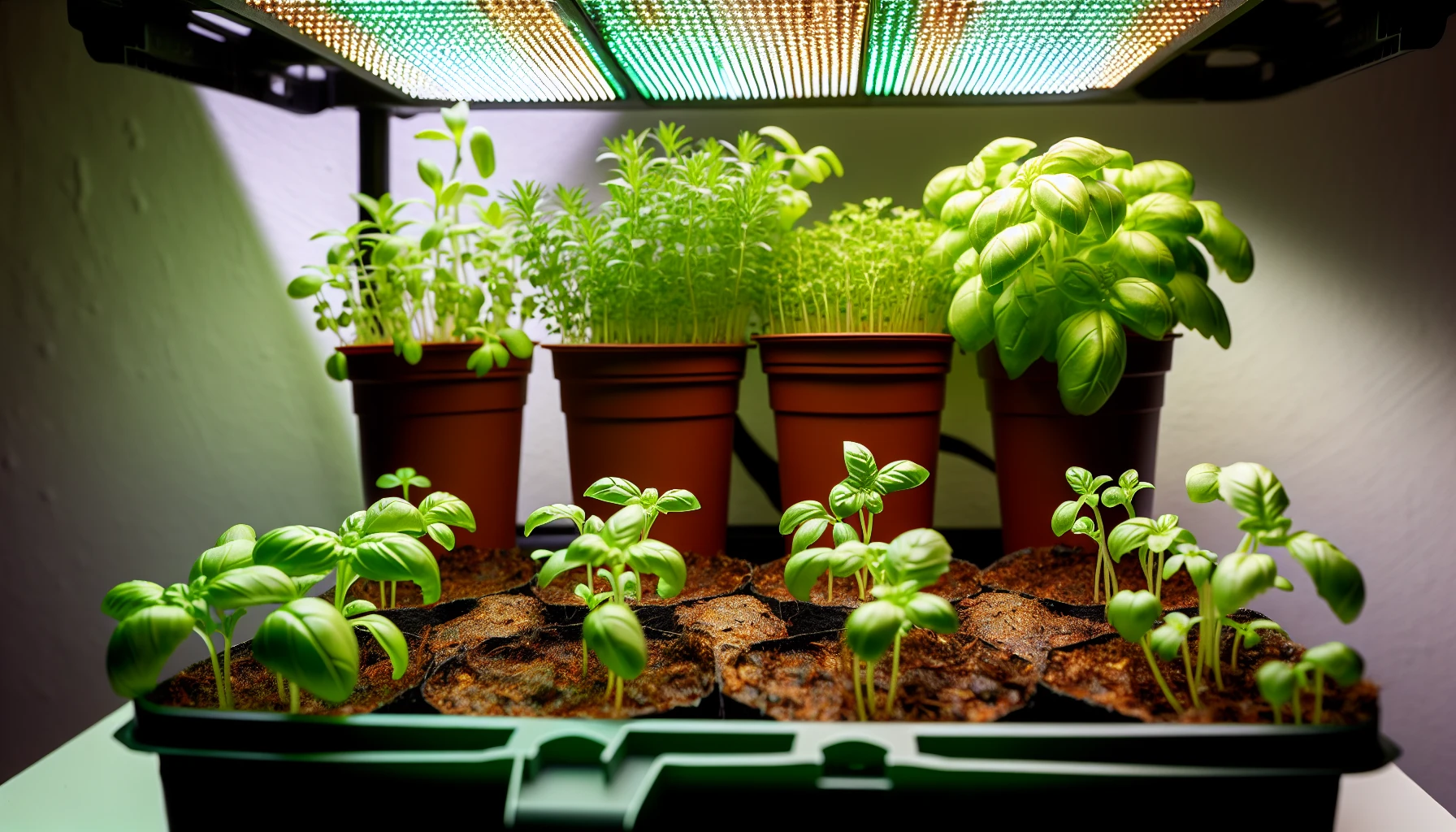
Successful herb gardening hinges on proper planting and growing techniques. From soil composition and light requirements to indoor vs. outdoor gardening and companion planting, understanding the needs of your herbs will ensure a thriving and bountiful garden. We will next examine the essentials of planting and growing herbs, guiding you through the steps to create a thriving home garden filled with fresh, aromatic herbs.
Soil, Light, and Water Requirements
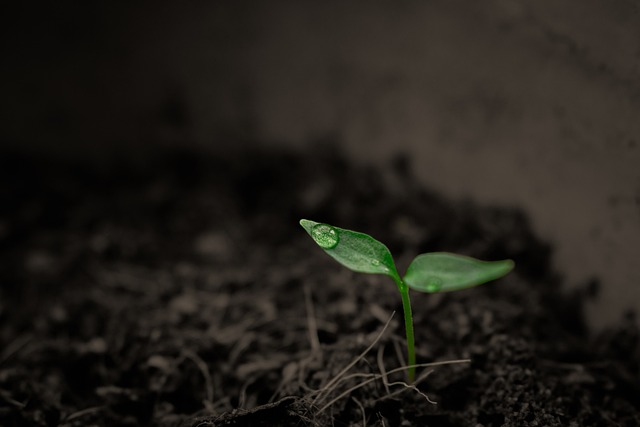
For optimal growth, it’s key to understand the specific soil, light, and water needs of your herbs. An all-purpose potting mix or potting soil is ideal for herb planting, as herbs thrive in nutrient-rich, moist, and well-drained soil. Most common herbs require at least 5-6 hours of good, hot sun each day, but some can still do well in partial shade.
Watering requirements can vary among herbs. It’s generally recommended to water herbs in the early morning hours when the temperature is cooler. Most herb plants will grow well with about an inch of water every week, but it’s important to check the soil for moisture and adjust watering frequency accordingly to ensure your herbs remain healthy and vibrant.
Indoor vs. Outdoor Gardening

Whether you choose indoor or outdoor herb gardening depends on your individual needs and climate. Outdoor herb gardening allows your herbs to thrive in their natural environment, offering natural sunlight and fresh air, promoting growth and flavor. However, indoor herb gardening provides a regulated environment with consistent temperatures, ideal for regions with harsh winters or extreme temperatures.
Herbs generally thrive outdoors, but some can be successfully cultivated indoors. Here are a few herbs that can be grown indoors:
Basil
Chives
Sage
Dill
By choosing the same herb seed, right location and ensuring the correct growing conditions, fresh herbs can be enjoyed all year round, whether grown in your home garden or on a kitchen windowsill.
Companion Planting for a Thriving Garden
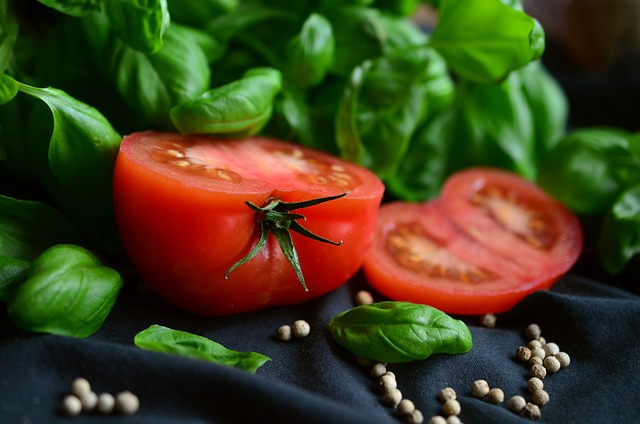
Companion planting, the beneficial practice of pairing specific plants to boost growth, repel pests and enrich flavor, can significantly enhance your garden. Some examples of companion planting include:
Planting basil with tomatoes to improve flavor and growth
Planting coriander with anise to promote germination and growth
Planting rosemary, oregano, sage, thyme, lavender, and marjoram together to effectively repel pests
By understanding the needs of your herbs and pairing them with suitable companions, you can create a harmonious and thriving garden. Companion planting not only enhances the growth and flavor of your herbs but also provides natural pest control and improves soil fertility, ensuring a bountiful and healthy garden.
Container Gardening: Maximize Space and Flexibility
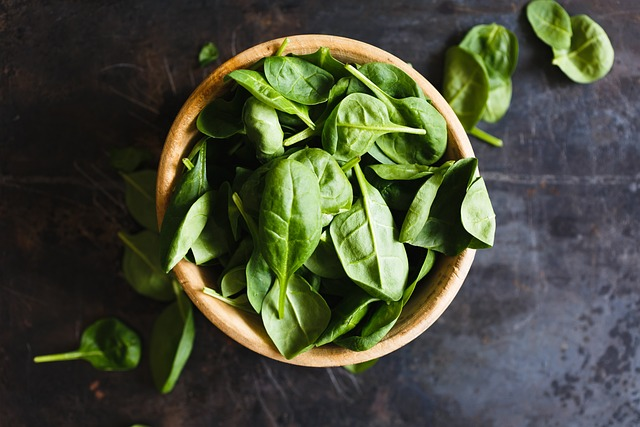
Container gardening is an excellent solution for those with limited space or who live in urban environments, allowing you to grow herbs in container gardens on your patio, balcony, or even indoors on your kitchen windowsill. With proper care and attention, container gardening can yield a flourishing herb and vegetable garden that adds flavor and fragrance to your culinary creations.
Choosing the Right Containers
Choosing suitable containers for your herbs is key for their proper growth and development. Naturally decay-resistant containers made of materials such as redwood, teak, or cedar are ideal for growing herbs. Other great options include cedar, steel, terra cotta, plastic, wood, or metal containers that provide good drainage.
For most herbs, it is recommended to select containers that are at least 4 inches in size for indoor growing and a minimum of 6 inches in diameter for outdoor growing. Larger containers encourage faster growth rates and stronger plants, while smaller containers can result in better root growth, ensuring a healthy and thriving herb garden.
Container-Friendly Herbs
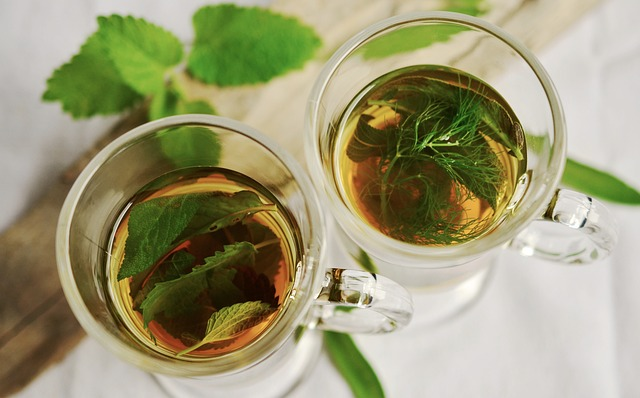
Some herbs are particularly well-suited for container gardening, allowing you to enjoy fresh, aromatic herbs year-round. Examples of container-friendly herbs include:
Basil
Chives
Cilantro
Tarragon
Lavender
Lemon balm
Lemon verbena
Mint
Sage
Thyme
Rosemary
Parsley
Coriander
Bay
These herbs thrive in containers, providing you with a constant supply of fresh flavors for your culinary creations. By selecting the right container and providing the proper care, you can successfully grow a variety of herbs in small spaces, such as patios, balconies, or kitchen windowsills.
Caring for Container Herbs
Maintaining the health and vitality of your container herbs requires appropriate care. Watering is a crucial aspect of herb care, as herbs in containers generally require watering 1-2 times per week for optimal growth. However, it is important to check the soil moisture before watering to ensure the top few inches of soil are dry to the touch.
Fertilizing your container herbs is also important for promoting lush and healthy growth. Fish emulsion or seaweed fertilizers are highly recommended, providing essential nutrients such as nitrogen, phosphorous, and potassium. Fertilize your herbs every two weeks or as specified in the directions of your hydroponic system to keep them thriving and beautiful.
Preserving and Using Your Homegrown Herbs
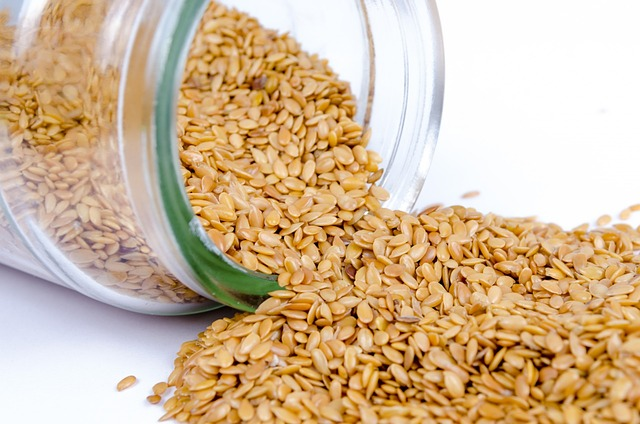
Having successfully grown, cared for, and harvested your homegrown herbs, you can now preserve and enjoy them in a variety of ways. Here are some suggestions:
Drying and storing them for later use
Incorporating them into delicious meals and recipes
Making herbal teas and infusions
Creating homemade herbal remedies and skincare products
Your homegrown herbs offer endless possibilities for enhancing your culinary and wellness journey.
Drying and Storing Herbs
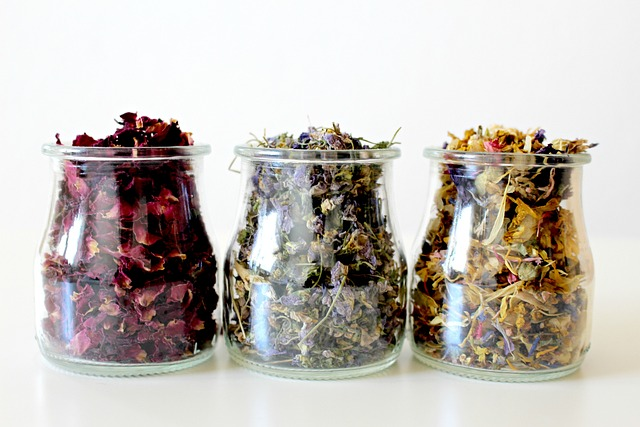
Proper drying and storing of your herbs ensure they retain their flavor and potency for the best enjoyment. Air-drying, oven-drying, and using a dehydrator are effective methods for drying herbs. Once dried, store your herbs in airtight containers such as small canning jars or zippered plastic bags, keeping them in a cool, dry place away from direct sunlight for optimal preservation.
Properly dried and stored herbs can last indefinitely if kept airtight and free from moisture. With these techniques, you can enjoy the flavor and health benefits of your homegrown herbs long after the growing season has ended.
Fresh Herb Recipes for Delicious Meals
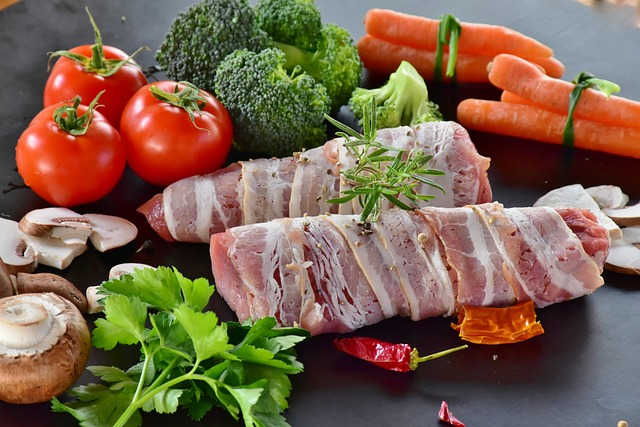
Incorporating fresh herbs into your meals adds a burst of flavor and nutrition that elevates your dishes to new heights. From salads and soups to marinades and sauces, there are countless ways to use fresh herbs in your daily cooking. Try adding basil to pizza, pasta, or homemade pesto, or using cilantro to liven up salads, tacos, and salsas.
Incorporating fresh herbs into your meals not only enhances your dining experience with delicious flavors but also lets you enjoy the health benefits of your homegrown herbs. With a little creativity, the possibilities for using your fresh herbs are endless.
Healing Teas and Herbal Remedies
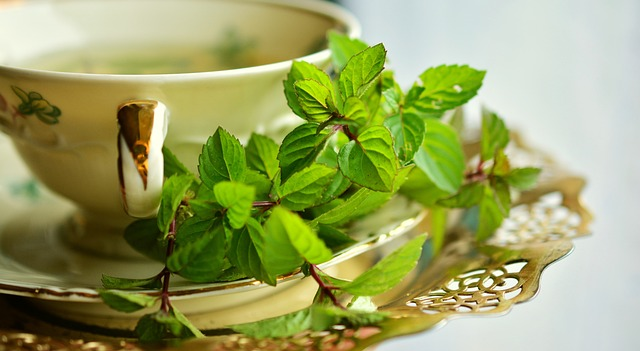
Creating healing teas and herbal remedies using your homegrown herbs is a natural and holistic approach to health and wellness. Many herbs, such as chamomile, lavender, and echinacea, can be used to create soothing and beneficial teas that offer a range of health benefits, from promoting relaxation and sleep to boosting your immune system.
In addition to teas, your homegrown herbs can be used to make tinctures, oils, and salves for various health concerns, such as pain relief, wound healing, and skin care. By growing and using your own herbs, you can take charge of your health and well-being with natural remedies that are both effective and environmentally friendly.
FAQs
Answer: Basil, chives, cilantro, dill, fennel, lavender, lemon balm, and mint are all rewarding herbs for beginners to grow.
How can I ensure proper watering for my container herbs? Answer: Check the soil moisture before watering, and water herbs in containers 1-2 times per week for optimal growth.
What is the ideal container size for individual herbs grown in containers? Answer: Individual herbs grown in containers thrive in containers between 10 and 18 inches in diameter.
Can all herbs be dried and stored, or are there exceptions? Answer: Most herbs can be dried and stored, but basil is an exception as it is cold-intolerant and should be stored differently.
What are some delicious recipes that incorporate fresh herbs? Answer: Fresh herbs can be used in a variety of recipes, such as Lemon-Basil Potatoes, Chimichurri Chicken Marinade, Strawberry-Basil Salad, Tabbouleh Salad, and Pesto.
Summary
Growing, preserving, and using your own herbs is a rewarding and fulfilling journey that adds a touch of freshness and flavor to your culinary creations, and offers a natural approach to health and well-being. From selecting the best quality organic non-GMO herb seeds to mastering planting and growing techniques, container gardening, and drying and storing methods, you now have the tools and knowledge to cultivate a thriving home garden filled with aromatic herbs. Embrace the joy and satisfaction that comes from nurturing your own herbs and discovering the delightful world of homegrown flavors and healing remedies.
Frequently Asked Questions
What herbs can be grown from seed?
Gardening with herbs is both rewarding and enjoyable. From chives and basil to cilantro and parsley, most herbs can be grown from seed, giving you the opportunity to experiment with various cultivars and strains of your favourite herbs.
What are the 10 most popular herbs?
The 10 Most Popular Herbs and Spices in America are Cilantro, Dried Garlic, Flat-Leaf Parsley, Dried Onion, Cinnamon, Thyme, Ground Paprika, Dried Basil, Oregano and Sage, allowing us to make delicious dishes with an amazing variety of flavors.
What herbs produce seeds?
Herbs such as basil, calendula, catnip, chamomile, chives, cilantro, dill and marjoram all produce seeds that can be harvested for use in cooking, crafting or growing more of the same.
Can I just plant herb seeds?
Yes, you can plant herb seeds in individual pots, a growing tray, or directly into garden beds or containers when the temperatures are warm enough. Planting from seeds is an inexpensive and rewarding way to grow herbs.
How do you start herb seedlings?
Soak your herb seeds in water for a few hours, then press them lightly into the soil and keep moist. Plant at least five herb seeds per container or cell and cover with moist mix, then keep moist during germination.
What are the most rewarding herbs to grow for beginners?
Basil, chives, cilantro, dill, fennel, lavender, lemon balm, and mint are all rewarding herbs for beginners to grow.
How can I ensure proper watering for my container herbs?
Check the soil moisture before watering, and water herbs in containers 1-2 times per week for optimal growth.
What is the ideal container size for individual herbs grown in containers?
Individual herbs grown in containers thrive in containers between 10 and 18 inches in diameter.
Can all herbs be dried and stored, or are there exceptions?
Most herbs can be dried and stored, but basil is an exception as it is cold-intolerant and should be stored differently.
What are some delicious recipes that incorporate fresh herbs?
Fresh herbs can be used in a variety of recipes, such as Lemon-Basil Potatoes, Chimichurri Chicken Marinade, Strawberry-Basil Salad, Tabbouleh Salad, and Pesto.

